Exporting goods involves a lot of paperwork and compliance checks, but ERP export shipping document software eases this intricate process. This software solution streamlines every step, from generating accurate invoices and packing lists to ensuring seamless compliance with international trade regulations. By automating these critical procedures, you save time and significantly minimize the possibility of costly errors.
With ERP export documentation software, you can effortlessly monitor the status of your shipments, manage inventory, and coordinate with logistics partners. The result is a smoother, more efficient workflow that boosts productivity and ensures your export processes run like a well-oiled machine.
In this article, we will explore the comprehensive features of ERP export documentation software, understand its benefits, and see how it can transform your export operations. Whether you are a seasoned exporter or new to the international trade arena, this solution offers the reliability and precision you need to stay competitive in the global market.
Key Benefits of ERP Export Shipping Documentation Software
Implementing ERP export shipping document software offers numerous advantages that streamline your export processes. From enhancing operational efficiency to ensuring compliance with international regulations, this software transforms how you manage and execute export documentation. Let’s explore the key benefits in detail.
1. Enhances Efficiency and Customs Clearance Processes: Imagine reducing hours of manual paperwork to mere minutes. ERP export documentation software automates the creation of essential documents, including invoices, packing lists, and certificates of origin. Additionally, it streamlines customs clearance processes, ensuring that all the required documents are prepared and submitted accurately and on time.
Intoglo ensures compliance checks before dispatching the shipment from its warehouse to avoid discrepancies.
2. Ensures Compliance with International Trade Regulations: ERP export documentation software is designed to keep you up-to-date with the latest compliance requirements. It automatically checks and updates documentation to meet specific country regulations, reducing the risk of non-compliance penalties. By ensuring that all your export activities adhere to international standards, the software helps safeguard your business against legal and financial repercussions.
3. Centralizes Data Management for Better Decision-Making: With ERP export shipping document software, all your export data is centralized in one platform. This unified data management system enables you to access comprehensive reports and analytics, providing valuable insights into your export operations. You can track shipment statuses, monitor inventory levels, and evaluate and analyze performance evaluations and metrics to make informed decisions. Better data management translates to improved strategic planning and more effective resource allocation.
4. Reduces Manual Errors and Speed Up Workflows: Manual data entry is subject to errors, leading to costly delays and complications. By automating documentation processes, ERP software minimizes the risk of human error. It ensures that all information is accurate and consistent across all documents, reducing the need for corrections and rework. This precision speeds up workflows and enhances the reliability of your export documentation.
5. Optimizes Cost and Time Management: Time is money in the export business. ERP export shipping documentation software optimizes by streamlining processes and reducing the time required for document preparation and clearance. The software’s efficiency in managing tasks translates to lower operational costs and faster turnaround times. This optimization allows you to handle higher volumes of exports without compromising on quality or compliance, ultimately boosting your profitability.
By leveraging these key benefits, ERP export documentation software provides a comprehensive solution that enhances operational efficiency, ensures compliance, and supports strategic decision-making. Implementing this software can transform your export processes, making them more streamlined, accurate, and cost-effective.
Research by Statista suggests that “the ERP software market is expected to grow by 4.26% from 2024 to 2029, reaching a market volume of approximately USD 65.49 billion by 2029.” As businesses transform to digital transformation, the need for advanced software solutions in export management will skyrocket.
Types of Export Documents Managed
Managing export documentation is crucial for smooth international trade operations. ERP export shipping documentation software handles a variety of essential documents, ensuring accuracy and compliance. Here are the key types of export documents it manages:
1. Commercial Invoices:
These documents, including their values and buyer/seller information, detail the exported goods. Commercial invoices are a primary document for customs declarations and are essential for accurate record-keeping and financial transactions.
2. Packing Lists:
Packing lists specify the contents, weight, and dimensions of each shipment. They provide critical information for customs inspections and help ensure that all items are correctly accounted for during transit.
3. Bill of Lading:
A bill of lading is a contract between the exporter and the carrier that outlines the shipment details. It plays a pivotal role in the shipping process, serving as a receipt for the goods, proof of ownership, and a document of title.
4. Certificates of Origin:
These certificates verify the country where the goods originated. Customs authorities and trade agreements often require them to determine the applicable tariffs and duties.
5. Insurance Certificates:
Insurance certificates offer proof of insurance coverage for the goods being transported. They protect against potential losses or damages during transit, providing peace of mind to exporters.
6. Customs Declarations:
Customs declarations are mandatory documents required by authorities for cross-border shipments. They contain detailed information about the goods, including their classification, value, and origin, ensuring compliance with international trade regulations.
By managing these crucial export documents, ERP export shipping document software streamlines the entire export process, reducing the possibility of errors and ensuring that all necessary documentation is accurately prepared and submitted.
Also Read: Procedures and Documents Required for Export
Features of ERP Export Documentation Software
ERP export shipping document software has features designed to simplify and enhance your export operations. This software offers comprehensive tools to ensure a seamless export process, from order management to financial transactions. Here are the key features in detail:
1. Order Management:
This feature streamlines the entire order processing cycle, from receipt to shipment. It ensures that orders are efficiently managed, tracked, and fulfilled, reducing delays and improving customer satisfaction.
2. Compliance Tracking:
Compliance tracking monitors adherence to international trade regulations and standards. It automatically updates documentation to meet regulatory requirements, helping to avoid costly penalties and ensuring smooth customs clearance.
3. Logistics Coordination:
Logistics coordination manages transportation and delivery schedules. This feature optimizes the shipping process by coordinating with carriers and ensuring timely delivery of goods. It enhances the overall efficiency of your supply chain.
4. Document Generation:
Automating the creation of required export documents saves time and reduces the chances of errors. It ensures that all necessary paperwork, such as invoices, packing lists, and certificates of origin, is accurately prepared and compliant with regulations.
5. Inventory Management:
Inventory management tracks stock levels and product availability. This feature helps maintain optimal inventory levels, prevent stockouts and overstock situations, and ensure that the right products are available for export when needed.
6. Financial Transactions:
This feature manages export-related financial activities, including invoicing, payment processing, and financial record-keeping. It ensures accurate financial transactions and supports efficient financial management and reporting.
By leveraging these powerful features, ERP export documentation software enhances your export processes’ efficiency, accuracy, and compliance, enabling you to focus on growing your business in the global market.
Conclusion
By integrating ERP export shipping document software, businesses can maintain seamless control over internal processes while leveraging the expertise of external logistics services. This synergy ensures that both parties work efficiently, reducing delays and optimizing the export workflow.
Furthermore, the software’s robust features, such as real-time tracking and automated compliance checks, allow for better logistics chain management. This speeds up the export process and minimizes the risk of errors and regulatory penalties. Ultimately, ERP export documentation software is an invaluable tool that supports businesses in achieving greater efficiency, compliance, and cost savings in their export operations.
Ready to streamline your export processes and enhance collaboration with freight forwarders? Contact Intoglo, your reliable door-to-door FCL shipping partner from India to the USA. With our cutting-edge technology and comprehensive logistics solutions, we ensure your shipments are managed efficiently and cost-effectively. Visit Intoglo today to learn more and avail more benefits with custom clearance and export documentation.


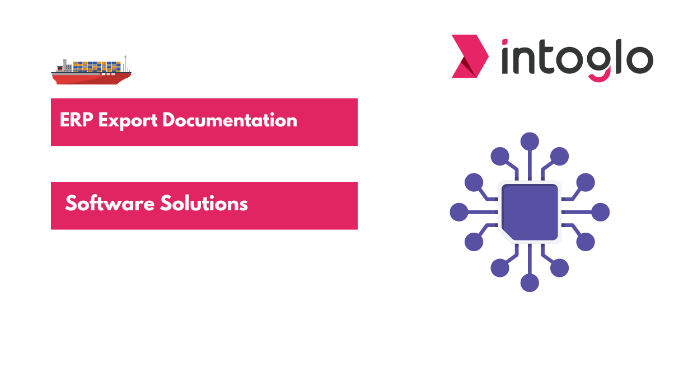

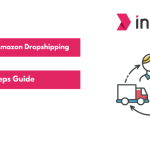
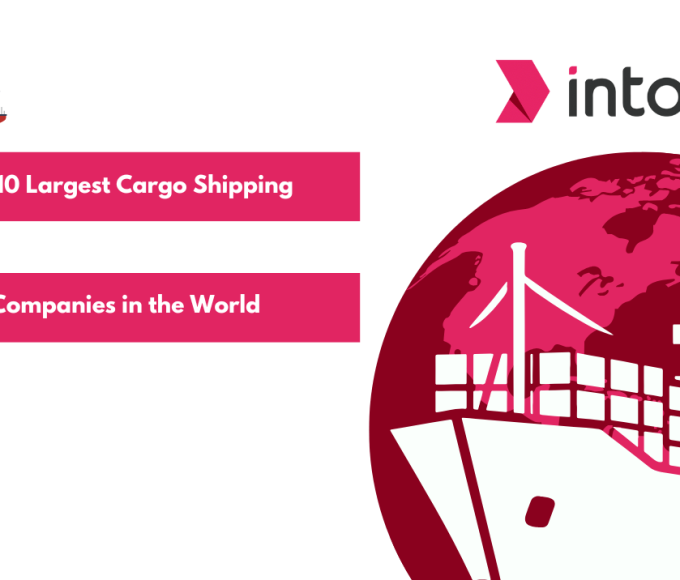
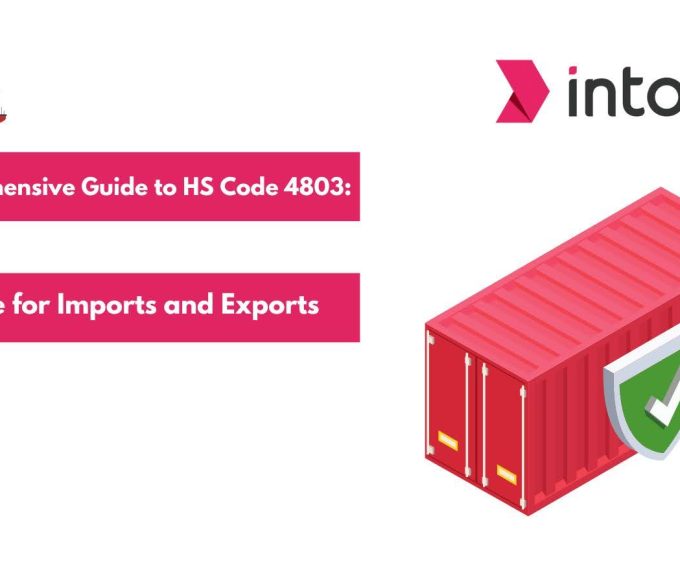
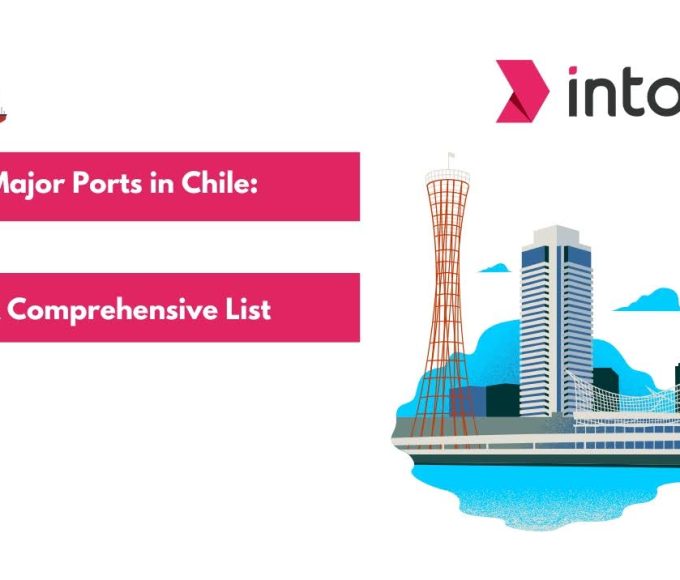
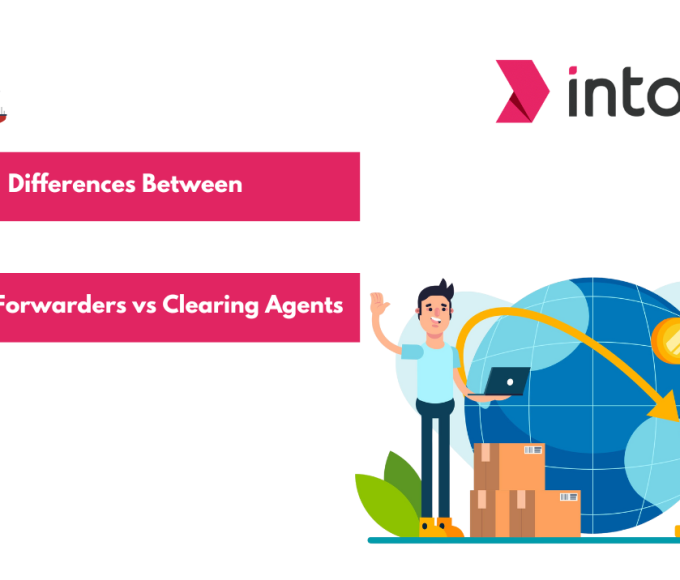
Leave a comment